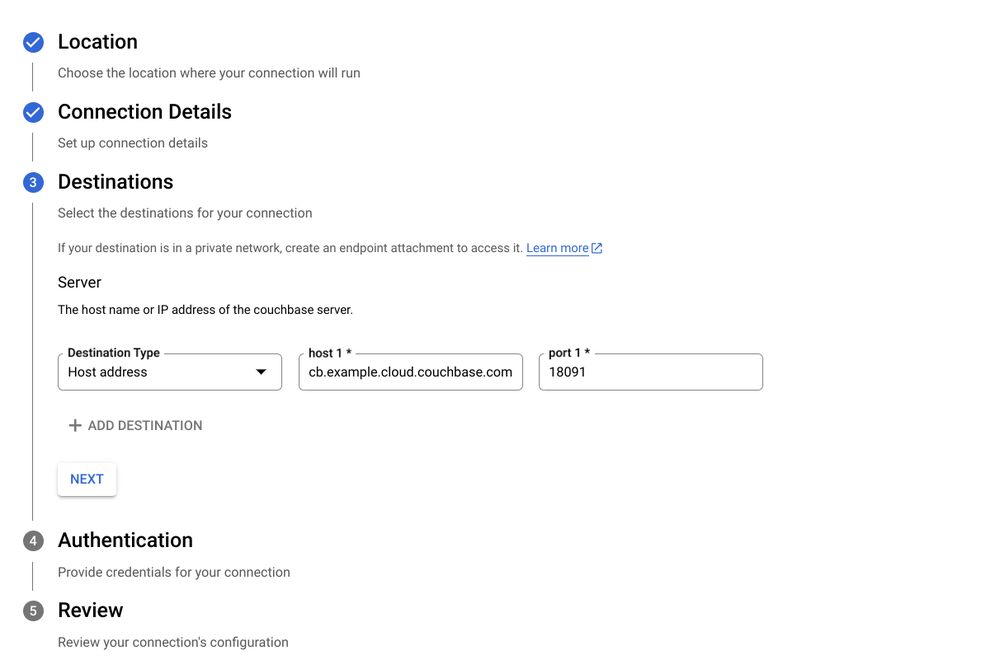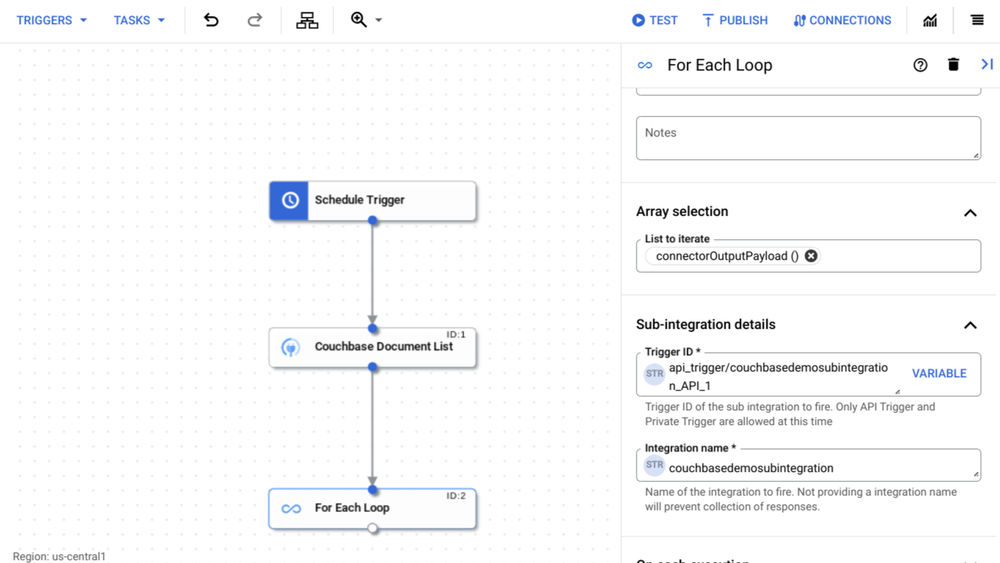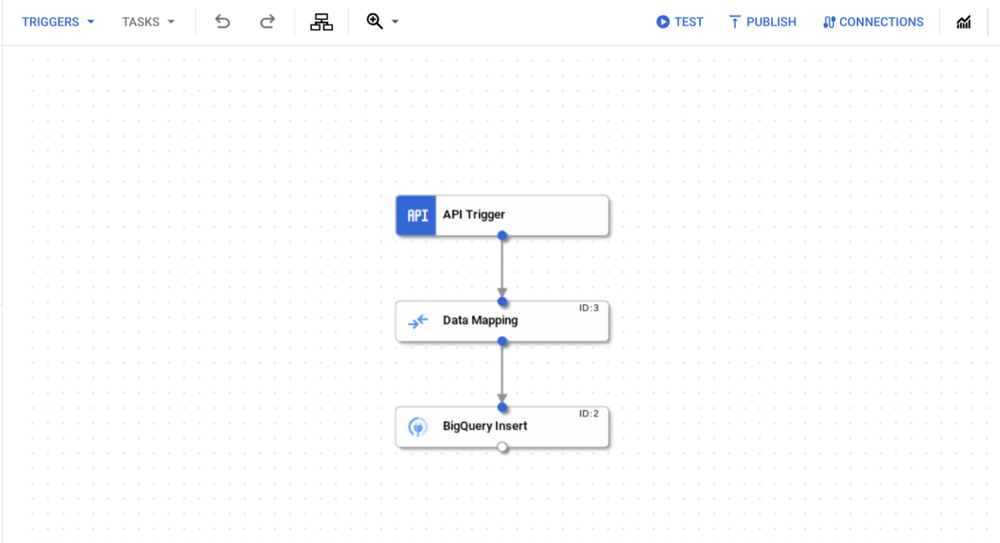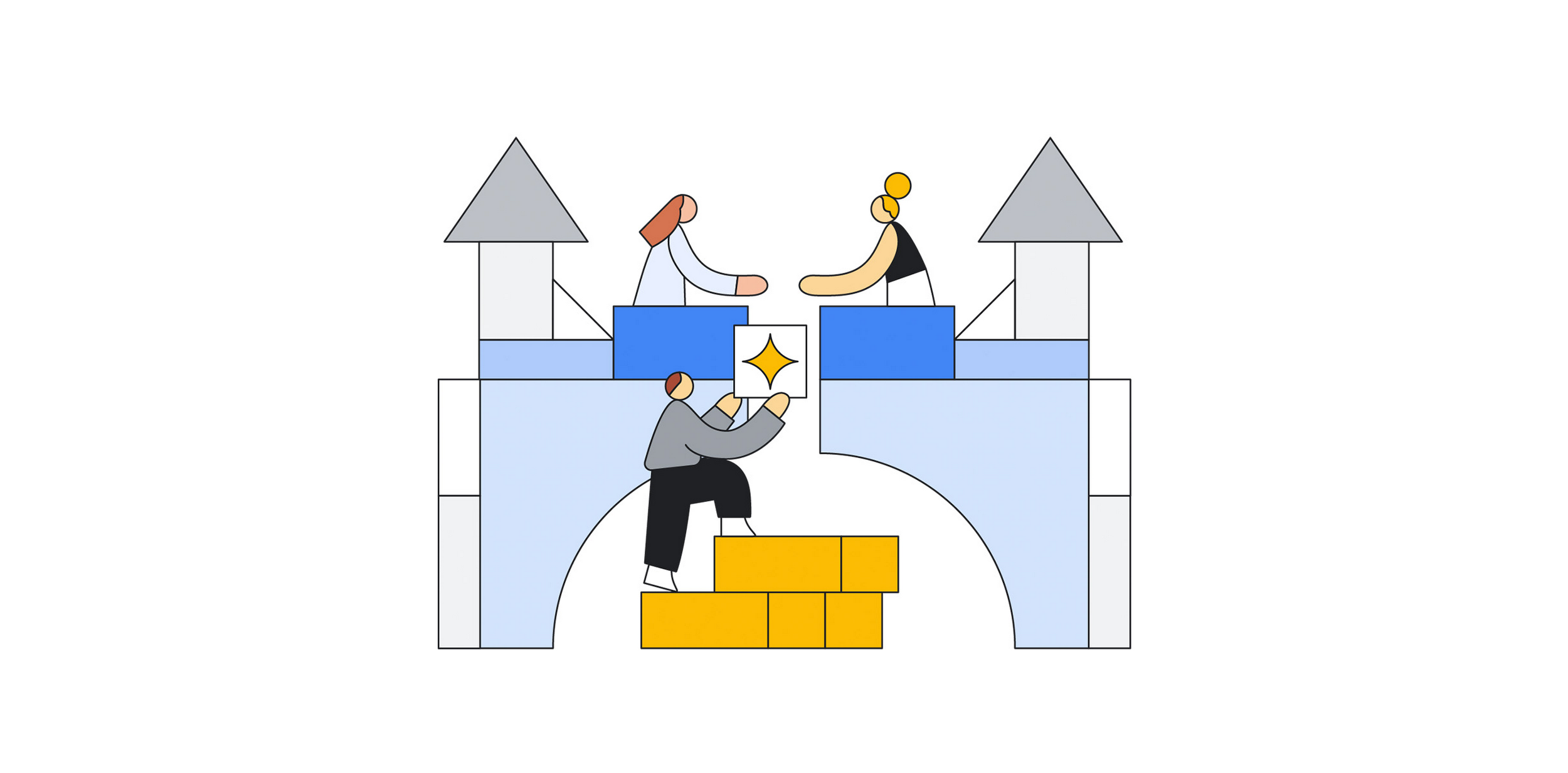In today’s rapidly evolving digital landscape, the ability to seamlessly integrate data across various platforms and services is paramount for businesses striving to stay competitive. As organizations increasingly rely on Google Cloud services for their operations, connecting Couchbase, a powerful NoSQL database, with Google Cloud is no longer just advantageous — it’s imperative.
Application Integration in Google Cloud is a robust Integration-Platform-as-a-Service (iPaaS) solution, offering a suite of tools to streamline data connectivity and management across various applications and services. The Couchbase connector, now generally available, was recently launched to empower users to efficiently manage Couchbase NoSQL databases within their integration flows. In this blog, we’ll explore the significance of connecting Couchbase to the robust Google Cloud ecosystem, delve into the specific functionalities of the Couchbase connector, and explain how this integration facilitates the flow of data for real-time analytics through services like BigQuery and Vertex AI.
Connecting Couchbase to Google Cloud
Couchbase serves as a cornerstone for many applications, offering flexible data modeling, scalability, and high performance. By integrating Couchbase with Google Cloud, businesses unlock a myriad of opportunities, including:
-
Seamlessly managing data across disparate systems, ensuring consistency and reliability.
-
Leveraging advanced Google Cloud analytics tools to derive actionable insights from Couchbase data.
-
Simplifying development and deployment processes for more streamlined operations by building integration workflows with Couchbase and Application Integration in Google Cloud.
The Couchbase connector facilitates various use cases, such as real-time data streaming and data synchronization, which are essential for application integration.
For instance, the Couchbase connector allows organizations to stream real-time data from Couchbase to Google Cloud services for immediate processing and analysis, which is critical for applications that rely on in-the-moment insights on data. The connector also enables bidirectional data synchronization between Couchbase and Google Cloud, ensuring data consistency across platforms. In today’s interconnected world, where data is exchanged between many different systems and applications, it’s essential that data remains consistent and accurate throughout its lifecycle.
The Couchbase connector also helps teams implement event-driven architecture, utilizing event triggers in Application Integration to automate integration workflows. These triggers insert or update data in Couchbase based on events in services like Pub/Sub or Jira, helping to enhance efficiency and responsiveness.
Important Couchbase connector features
To achieve these use cases, the Couchbase connector provides several features to support a more scalable, high-performance, and cost-effective approach to managing enterprise data.
- Simple connection setup: Simply define the destination and authentication information to connect Google Cloud with Couchbase. This quick integration setup process allows users to focus on leveraging Couchbase’s capabilities rather than grappling with connectivity issues.

-
Robust security mechanisms: Secure communication with Couchbase via SSL encryption and authentication protocols. This ensures that sensitive financial data remains safeguarded against unauthorized access or tampering, bolstering the overall integrity of the integration solution.
-
Standardized interface for document operations: With support for CRUD (Create, Read, Update, Delete) operations, the connector offers a standardized interface for interacting with Couchbase documents. Users can seamlessly access document data, manage collections and scopes, and execute custom queries to extract valuable insights from their Couchbase databases. Please read the Couchbase connector documentation for more detailed usage examples.
-
Schema discovery and data mapping: Simplify schema discovery and provide users with comprehensive metadata about their Couchbase documents. The connector facilitates seamless data mapping within Application Integration, enabling smooth data transformation and synchronization workflows.
-
Private connectivity options: Ensure seamless access to Couchbase databases without compromising on security or compliance requirements. Whether deployed on Google Cloud, on-premises, or in different cloud environments, the Couchbase connector offers private connectivity options for accessing services or endpoints.
Collectively, these features enhance the integration experience, enabling organizations to maximize the potential of their Couchbase databases within Google Cloud.
Connecting Couchbase data to Google Cloud for data analysis
The Couchbase connector provides seamless integration with other Google Cloud services, such as Vertex AI and BigQuery, empowering organizations to harness the full power of their data.
-
Vertex AI integration: Utilize Couchbase data within Vertex AI to develop and deploy machine learning models, driving intelligent decision-making and predictive analytics.
-
BigQuery integration: Streamline data flow from Couchbase to BigQuery for real-time analytics and reporting. By mapping Couchbase data to BigQuery tables, organizations gain insights at scale and in real time.
Let’s take a look at a real-time use case for using the Couchbase connector to enable integration with BigQuery. Consider a scenario where a retail company utilizes Couchbase to manage its transactional data.
The following steps illustrate how the Couchbase connector seamlessly pushes transactional data to BigQuery with Application Integration in Google Cloud to support real-time analytics.
1. Automatically collects data from Couchbase
The company configures a schedule trigger in Application Integration to run at regular intervals (e.g., minutes, hourly, monthly, etc.) and ingest data from its Couchbase database where transaction details are stored. The connector will fetch batches of transaction records from the Couchbase dataset, retrieving a predefined number of records based on filters for specific transaction criteria.
2. Iteratively processes transaction records
Once Application Integration fetches a batch of transaction records, Application Integration in Google Cloud initiates an iterative processing loop (e.g., For Each Loop task) that allows the retailers to handle each transaction record individually. This loop repeatedly calls a sub-integration for each transaction record that can collect and store the response for later downstream use in BigQuery.

3. Maps Couchbase data to BigQuery
Sub-integration processes map transactional data from Couchbase to corresponding tables before inserting it into BigQuery. This ensures that data is mapped correctly during integration and, thus, compatible with the company’s existing analytics.

Armed with up-to-date insights, the retail company can now make informed decisions regarding inventory management, marketing strategies, and customer engagement in real time.
Getting started
Integrating Couchbase with Google Cloud using the Couchbase connector empowers organizations to leverage their data effectively, drive innovation, and enable data-driven decision-making. By seamlessly connecting Couchbase data to Google services like BigQuery or Vertex AI, businesses can unlock new opportunities for growth, efficiency, and competitive advantage in today’s dynamic business landscape.
For detailed configuration instructions and further information, check out the related Couchbase integration articles in the Google Cloud documentation or learn more about Couchbase’s offerings in Marketplace.

